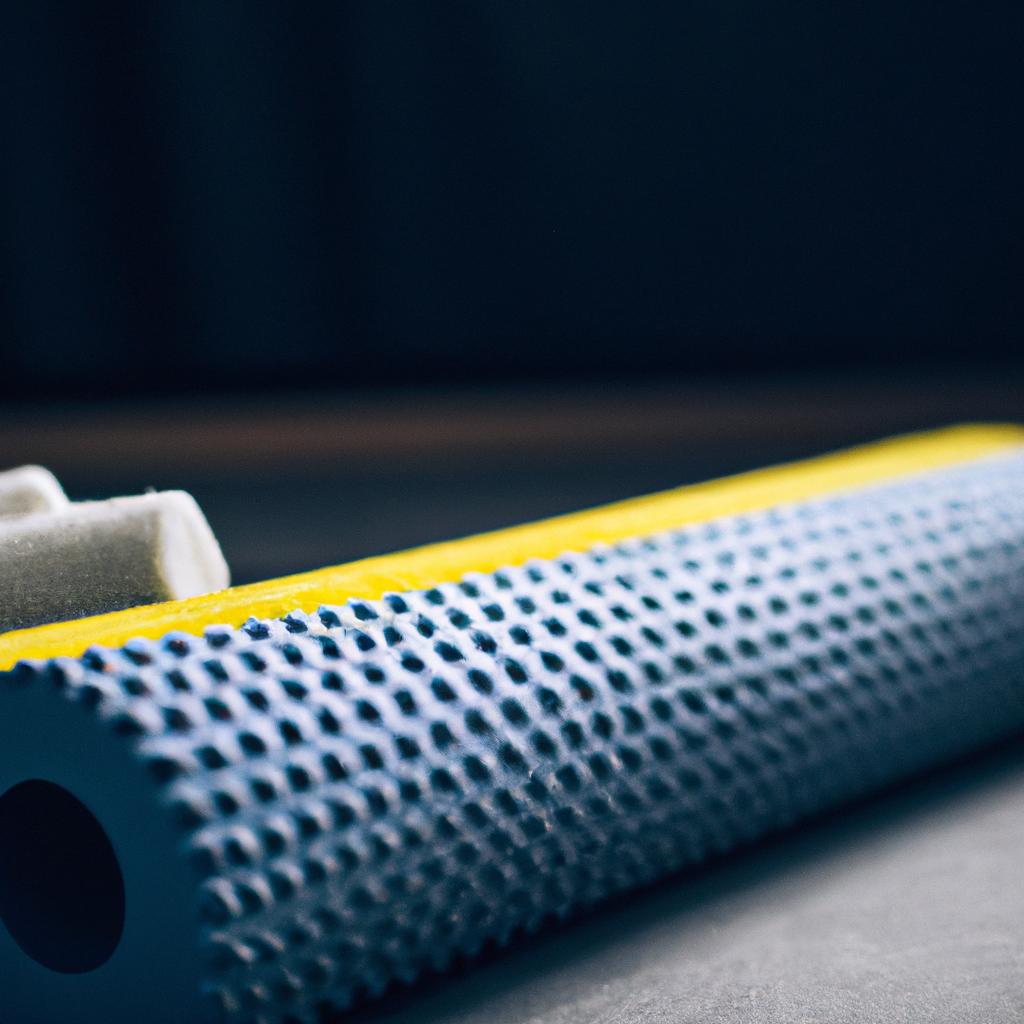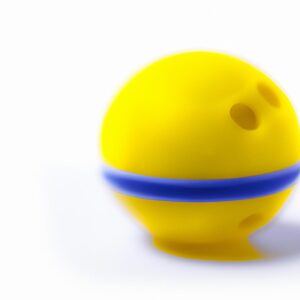**”Foam Rolling for Injury Prevention: Techniques to Target High-Risk Areas and Optimize Recovery in Athletes”**
# Foam Rolling for Injury Prevention: Techniques to Target High-Risk Areas and Optimize Recovery in Athletes
In the world of athletics, where every second counts and every movement matters, injury prevention is a top priority. Athletes push their bodies to the limit, often leading to muscle tightness, imbalances, and overuse injuries. Enter foam rolling—a simple yet effective technique that can help athletes optimize their recovery and reduce the risk of injury. In this blog post, we will explore the benefits of foam rolling, essential techniques to target high-risk areas, and how to incorporate it into a comprehensive recovery strategy.
## What is Foam Rolling?
Foam rolling is a form of self-myofascial release. It uses a foam roller to apply pressure to specific areas of the body, helping to release muscle tension and improve blood flow. This technique is particularly beneficial for athletes as it can enhance flexibility, reduce soreness, and promote recovery.
## Why Foam Rolling is Crucial for Athletes
### Health Benefits
Foam rolling offers numerous health benefits for athletes, including:
– **Increased Blood Flow**: By rolling out tight muscles, you can enhance circulation, delivering more oxygen and nutrients to the tissues.
– **Improved Flexibility**: Regular foam rolling can increase your range of motion, making it easier to perform exercises and activities.
– **Reduced Muscle Soreness**: Foam rolling post-exercise can alleviate delayed onset muscle soreness (DOMS), allowing athletes to recover faster.
– **Enhanced Performance**: By addressing muscle tightness and imbalances, foam rolling can improve overall athletic performance and prevent injuries.
## Targeting High-Risk Areas
Certain muscle groups are more prone to tightness and injury, especially in athletes. Here are key areas to focus on when foam rolling:
### 1. Quadriceps
The quadriceps are crucial for running and jumping. Foam rolling the quads can help alleviate tightness that may lead to knee pain.
**Technique**:
– Lie face down with the foam roller positioned under your thighs.
– Roll from the hip to the knee, pausing on any tender spots for 20-30 seconds.
### 2. Hamstrings
Tight hamstrings can lead to lower back pain and affect your performance.
**Technique**:
– Sit on the ground with your legs extended. Place the foam roller under your hamstrings.
– Roll from your glutes to your knees, focusing on areas of tightness.
### 3. IT Band (Iliotibial Band)
The IT band runs along the outside of the thigh and can contribute to knee and hip pain when tight.
**Technique**:
– Lie on your side with the foam roller under your outer thigh.
– Roll from the hip to the knee, adjusting your body angle to find the most tender spots.
### 4. Calves
Tight calves can lead to issues in the feet and knees.
**Technique**:
– Sit on the ground with your legs extended, placing the foam roller under your calves.
– Roll from the ankle to the knee, pausing on any tight areas.
### 5. Upper Back
Foam rolling the upper back can relieve tension that builds up during training and competition.
**Technique**:
– Sit on the ground and lean back onto the foam roller, which should be placed between your shoulder blades.
– Roll gently up and down, focusing on the upper shoulder area.
## Exercise Advice
Incorporating foam rolling into your routine is essential for optimizing recovery. Here are some tips:
– **Pre-Workout**: Foam roll for 5-10 minutes before workouts to increase blood flow and improve flexibility.
– **Post-Workout**: Spend 10-15 minutes rolling out your muscles after workouts to help with recovery and reduce soreness.
– **Consistency**: Aim to foam roll at least 3-4 times a week, especially during heavy training periods.
## Nutrition Tips for Optimal Recovery
While foam rolling is excellent for recovery, combining it with proper nutrition can enhance its effects:
– **Hydration**: Ensure you are well-hydrated pre- and post-workout to help flush out toxins and aid muscle recovery.
– **Protein**: Consume protein-rich foods or shakes post-exercise to support muscle repair.
– **Anti-Inflammatory Foods**: Incorporate foods like berries, fatty fish, and leafy greens to help reduce inflammation in the body.
## Conclusion
Foam rolling is an invaluable tool for athletes looking to prevent injuries and optimize recovery. By targeting high-risk areas such as the quadriceps, hamstrings, IT band, calves, and upper back, athletes can reduce muscle tightness, improve flexibility, and enhance performance. Coupled with proper nutrition and consistent practice, foam rolling can make a significant difference in an athlete’s overall well-being. As you continue to push your limits, don’t overlook the importance of recovery—your body will thank you for it!















Post Comment